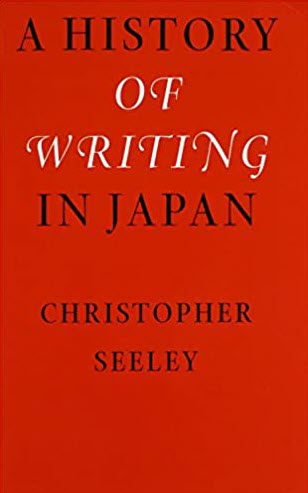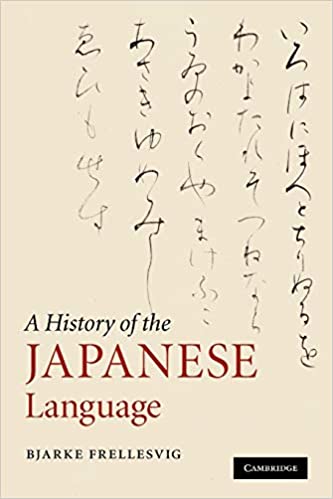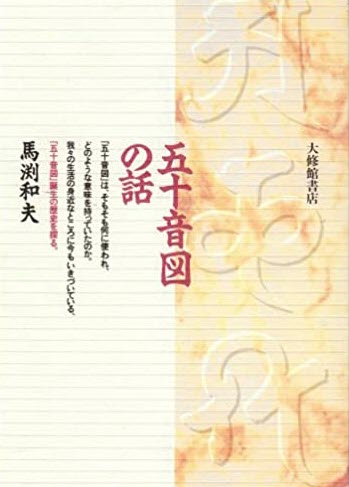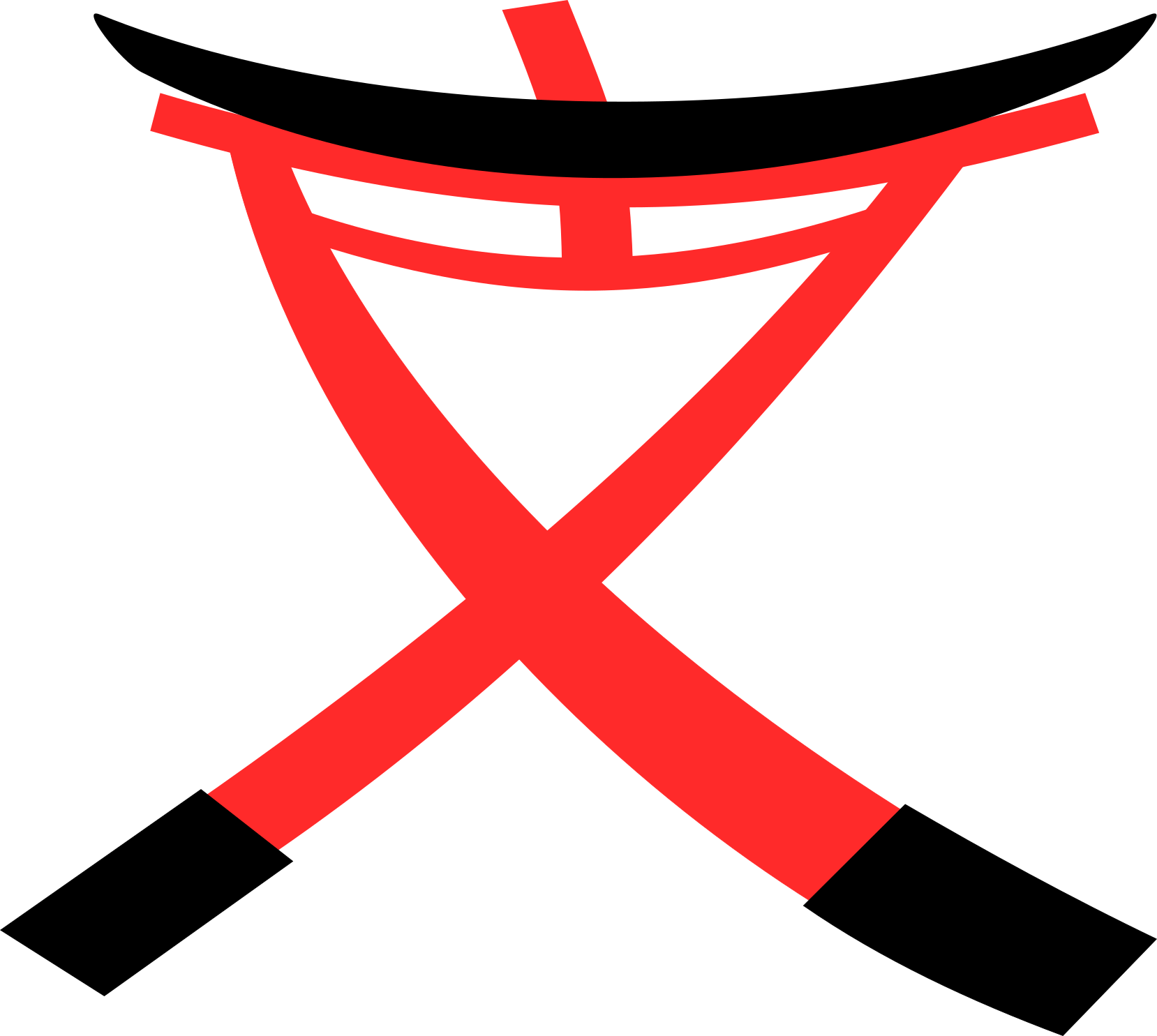Japanese Writing
Meet the Scripts
Modern Japanese uses four different scripts (orthography): kanji, hiragana, katakana and romaji.
| Kanji | Kana | Romaji | |
| Hiragana | Katakana | ||
| 漢 | あ | ア | A |
| Logogram | Phonograms | ||
All four of these scripts can be grouped into one of two categories:
- Logograms
- Phonograms
Logograms represent words or ideas. Kanji is a logographic script. Phonograms are symbols represent a speech sounds. Hiragana, katakana and romaji are phonographic writing systems. They used as alphabets or syllabaries. Romaji is greyed out in the table as it is extremely rare and only used for non-Japanese purposes.
Hiragana
Learning hiragana first and strongest is essential. It is ubiquitous in Japanese, appearing in every sentence. It is used phonetically, like the English alphabet. The quicker you become comfortable using hiragana, the faster you will be able to move to the next level.
Romaji vs. Hiragana
Romaji (lit. "Roman (Latin) script") is used in Japanese only extremely rarely. The Japanese only use it to introduce a foreign word in it's native spelling, or for contexts where non-Japanese speakers are part of the target audience (e.g. sports jerseys and government signs).
Westerners use romaji as a bridge between English and beginner Japanese. This is appropriate but should not become a crutch. Because romaji isn't used in Japanese writings, spending too much time using it will stunt your progress. The western learner should use romaji to learn the Japanese phonetic system, then abandon it for native Japanese scripts.
Learn more about the romanized (transliterated) Japanese
Kanji
Often treated by Japanese and foreigners alike as a burdensome system, Kanji are Japanese adaptations of Chinese characters. Kanji are prevent in Japanese writings, and increase in quantity and complexity at higher and more specialized reading levels. Kanji are used for several different purposes and generally have both a semantic (meaning) and phonetic value.
1 Picture = 1,000 Words
Kanji take more strokes to write than phonograms, but have many advantages. Understanding the components of a character can allow readers to accurately guess the related meaning or pronunciation. Like eating nutritious food, kanji may not be fun at times, but adding it to your repertoire sooner than later will pay dividends!
Kanji are not really that bad. They are usually created from a limited number of symbols called radicals. Also, stroke method and stroke order are standardized. Once you learn these three things, you will begin to see patterns everywhere that will increase your interest and success with Kanji.
Katakana
By no means the least, katakana are phonograms just like hiragana. The main difference is that katakana are used for specific contexts, e.g. foreign-words in Japanese, for emphasis (used like 'italics'), pronunciation guides in dictionaries, and for onomatopoeia, among other things. Katakana is important and essential to learn, but could wait until after hiragana and a good base of kanji.
A Brief History of Japanese Writing
Chinese characters were introduced first to Japan in the fourth or fifth century AD, but writing didn't catch on until the sixth century. Initially all writing was done in Chinese. Eventually some writers adapted Chinese characters for their phonetic value (disregarding the semantic value) to represent Japanese speech sounds.
This phonetic use of Chinese characters was later termed manyogana, named after its most famous appearance in the poetry anthology called the Manyoshu, from the mid-eighth century AD.
The development of manyogana shows an early effort to adapt Chinese characters to the Japanese language.
The ninth and tenth centuries are when both hiragana and katakana appear and develop. Hiragana developed out of a sort of highly cursive form of manyogana. Katakana developed at the same time as phonetic guides and annotation marks for Japanese translators of Chinese and Indian texts.
By the eleventh century both the hiragana and katakana scripts were fairly developed and remain mostly unchanged to this day.
Further Reading
Three exceptional books on the writing systems their developments are listed below. One word of warning, these books are rather academic and one is only in Japanese.



- Seely, Christopher. A History of the Writing of Japan. Honolulu, University of Hawai'i Press, 2000.
- Frellesvig, Bjarke. A History of the Japanese Language. Cambridge, Cambridge University Press, 2010.
- Mabuchi, Kazuo. 五十音図の話 (The Story of the Table of Fifty Sounds.) Tokyo, Taishukan Publishers, 2010.
